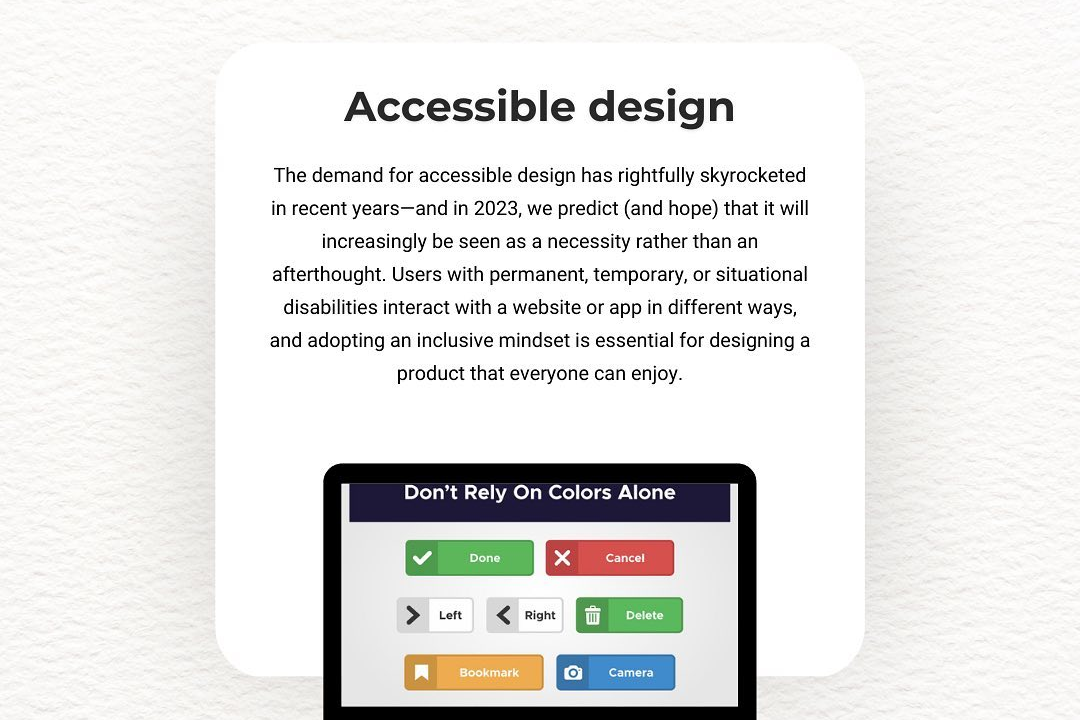Jdbc
Understanding JDBC: Java Database Connectivity Explained
Jdbc
Java Database Connectivity (JDBC) is an API provided by Java that enables Java applications to interact with a wide range of databases using a standardized interface. It provides methods for connecting to a database, executing SQL queries, and retrieving results in a platform-independent manner. JDBC allows developers to write database-independent code, leveraging drivers to connect to specific databases like MySQL, Oracle, or PostgreSQL. Through its two major components—DriverManager for managing the database drivers and the Connection interface for establishing connections—JDBC simplifies database interactions while ensuring that best practices and database features are efficiently utilized.
To Download Our Brochure: https://www.justacademy.co/download-brochure-for-free
Message us for more information: +91 9987184296
1 - Definition: JDBC is an API (Application Programming Interface) in Java that enables Java applications to interact with databases, allowing for the execution of SQL queries and retrieval of results.
2) Purpose: The primary purpose of JDBC is to provide a standard way for Java applications to communicate with relational databases, facilitating data manipulation and retrieval.
3) Architecture: JDBC consists of two major components: the JDBC API and the JDBC Driver Manager, which helps manage the different database drivers used to connect to databases.
4) Drivers: JDBC drivers are essential for connecting to databases and come in four types: Type 1 (JDBC ODBC bridge), Type 2 (Native API driver), Type 3 (Network Protocol driver), and Type 4 (Thin driver).
5) Connecting to Database: The process begins with establishing a connection to the database using the `DriverManager.getConnection()` method, which requires a database URL, username, and password.
6) Executing SQL Statements: JDBC provides the `Statement`, `PreparedStatement`, and `CallableStatement` interfaces to execute SQL queries, where `PreparedStatement` is preferred for its efficiency and security against SQL injection.
7) ResultSet: The results of executed SQL queries are returned in a `ResultSet` object, which allows for navigating through the rows and accessing column values.
8) Error Handling: JDBC employs the `SQLException` class to handle errors related to database access, facilitating debugging and control over database operations.
9) Transactions: JDBC supports transaction management, allowing developers to commit or rollback transactions explicitly. Auto commit mode can be disabled to enable batch processing.
10) Connection Pooling: To enhance performance, JDBC supports connection pooling. Libraries like Apache DBCP or HikariCP allow for reusing database connections instead of creating a new one for every request.
11) Batch Processing: JDBC allows the execution of batch updates, where multiple statements can be sent to the database in a single batch for improved performance.
12) Metadata: JDBC provides methods to retrieve metadata about the database (e.g., tables, columns) via interfaces like `DatabaseMetaData` and `ResultSetMetaData`.
13) Support for Multiple Databases: JDBC is designed to work with any relational database that provides a JDBC driver, making it a versatile choice for database connectivity.
14) Asynchronous Operations: JDBC can support asynchronous operations, allowing longer running queries to execute without blocking the application, although this requires careful management.
15) Integration with Java Frameworks: JDBC is often integrated with Java frameworks such as Spring and Hibernate, where it serves as a foundational component for data access.
16) Security Features: JDBC promotes security through features like SSL for encrypted connections and prepared statements to prevent SQL injection attacks.
17) Future Enhancements: JDBC continues to evolve, with ongoing enhancements for performance and usability, including the potential for integration with modern database technologies and cloud services.
This structured overview should provide students with a solid foundation for understanding JDBC and its importance in Java application development.
Browse our course links : https://www.justacademy.co/all-courses
To Join our FREE DEMO Session: Click Here
Contact Us for more info:
- Message us on Whatsapp: +91 9987184296
- Email id: info@justacademy.co












